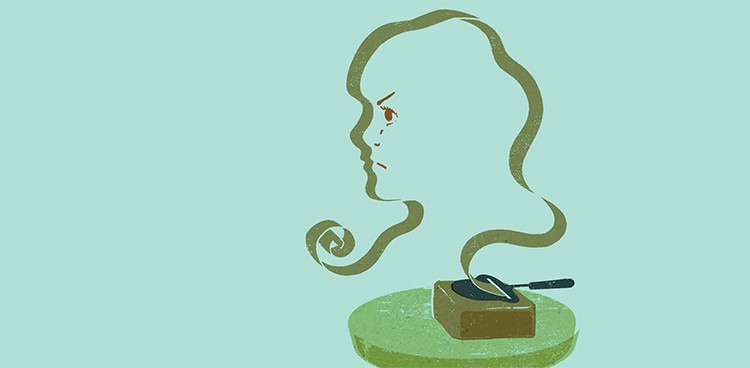
When I was growing up in the 1970s, there was always Ski Queen gjetost [YAY-toast] on the table at my grandmother’s house in Brooklyn. She was from Norway, where this sweet, firm brown goat cheese is made by adding cream to a boiling kettle of goat’s milk whey and cooking it for hours and hours. When it has cooled, it’s formed into cubes that look like old-fashioned laundry soap or peanut butter fudge.
Gjet in Norwegian means goat; ost means cheese. Most gjetost tastes a lot like caramel, from the milk sugars. To slice it you need a cheese plane, another Norwegian invention. A slice of gjetost, planed, is thin and elastic. It stretches and wrinkles and has a tendency to curl. There is nothing else like it at the grocery store. When checkout clerks see the package, they often wonder aloud what it is. Lots of people buy Jarlsberg (the other Norwegian cheese), but hardly anyone takes a chance on gjetost.
Ski Queen is the most widely available gjetost in the world, even if it sounds like the title of an ABBA song. It’s made by TINE, the Norwegian dairy cooperative. In Norway a tine is a traditional wooden box used for storing cheese or butter. An oblong with a carved prow at each end, it looks a little like a Viking ship. When there is gjetost in my refrigerator, I feel Norwegian.
Because the Ski Queen box was red and we visited my grandmother on Christmas, I associated gjetost with the holidays; until I was grown up and doing my own grocery shopping, I did not realize this Norwegian invention was available year-round. My grandmother Åsta hated gjetost. It was not, as I first assumed, because she’d eaten so much of it as a child. Rather, when the family went back to Norway after a polio scare in America, Åsta and her sister Signe lived with another family, where they were not treated kindly. The foster family ate gjetost, but my grandmother got none because she refused to speak Norwegian. Åsta’s refusal was not simply a child’s acting out. It was a protest to get herself and her sister back home to America. And it worked.
In 1924 the Olsen family immigrated for the second time. Åsta grew up to be Esther, and gjetost became the Norwegian food of my childhood. I can picture my grandmother and the gjetost at her table in the narrow three-story house on 56th Street; she is wearing a bib apron and tapping cigarette ash into a saucer, still saying no.
Illustration by Richard Mia




